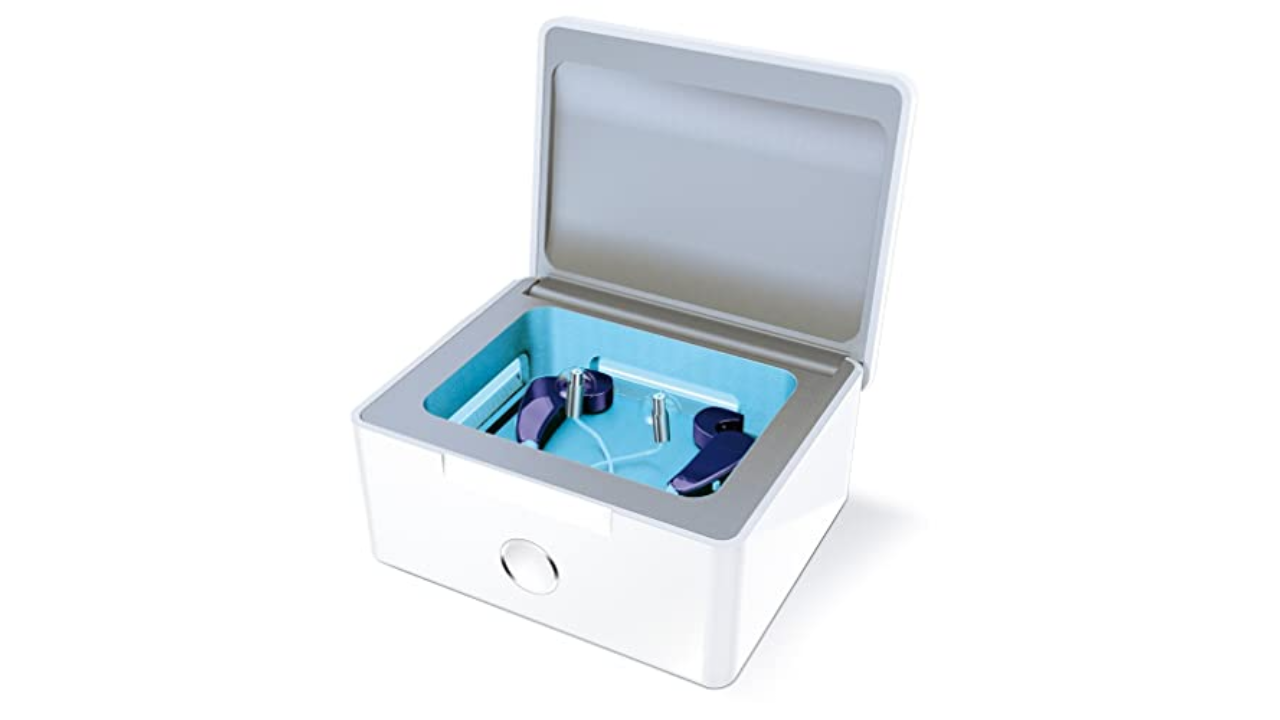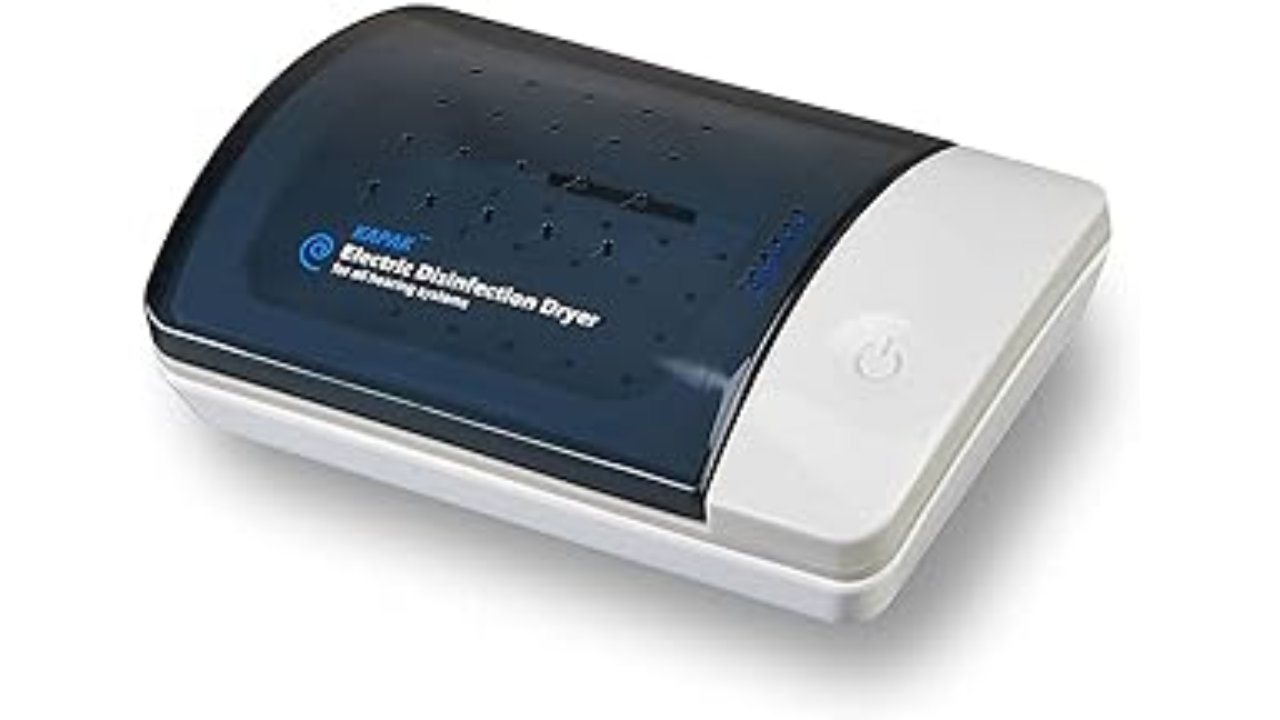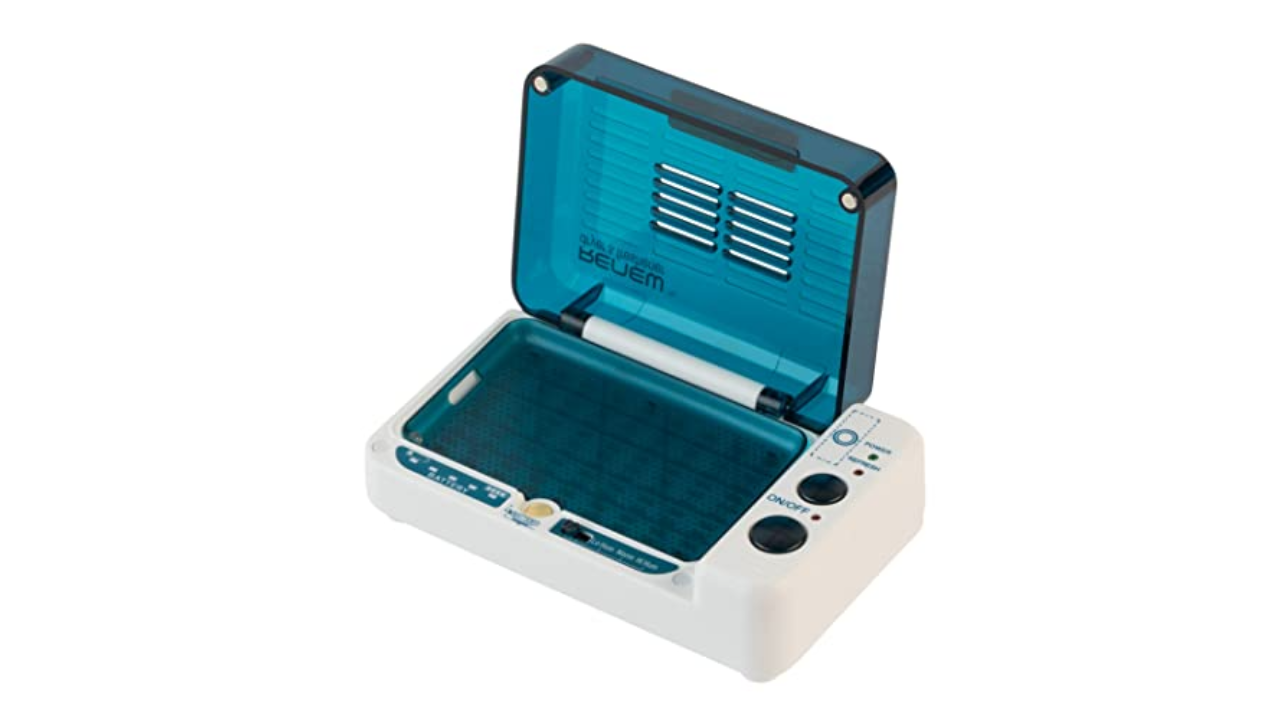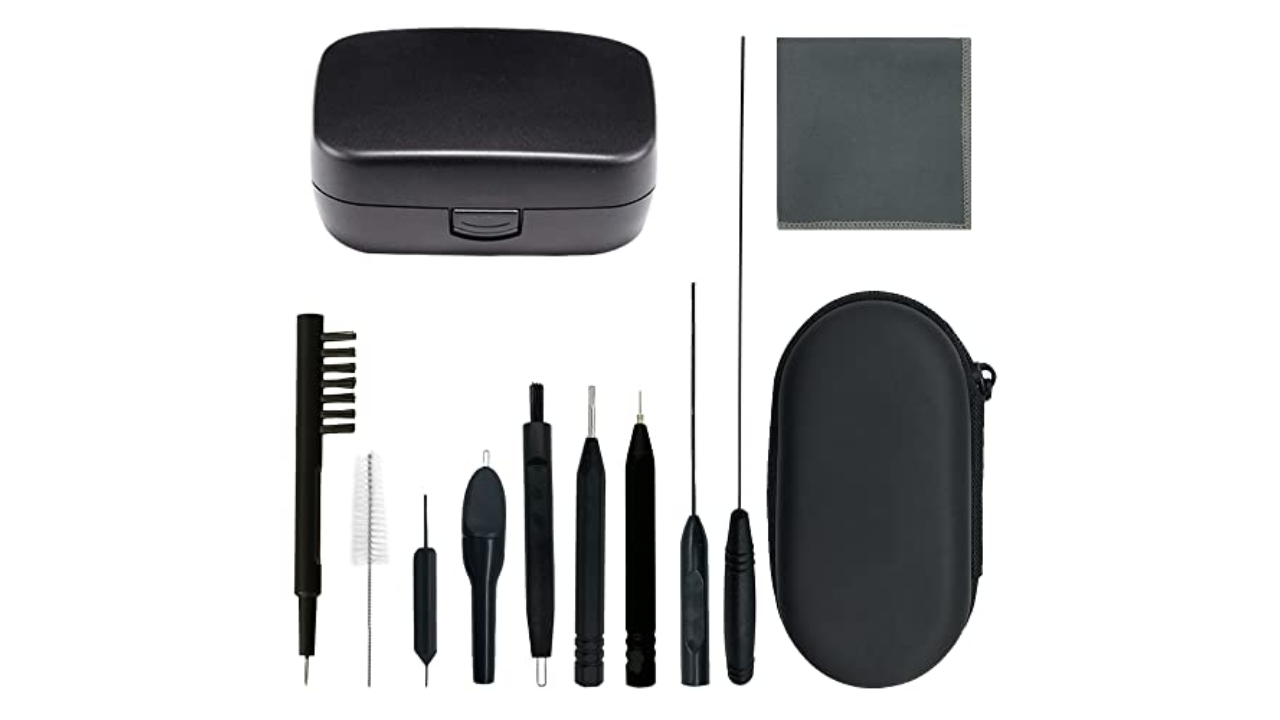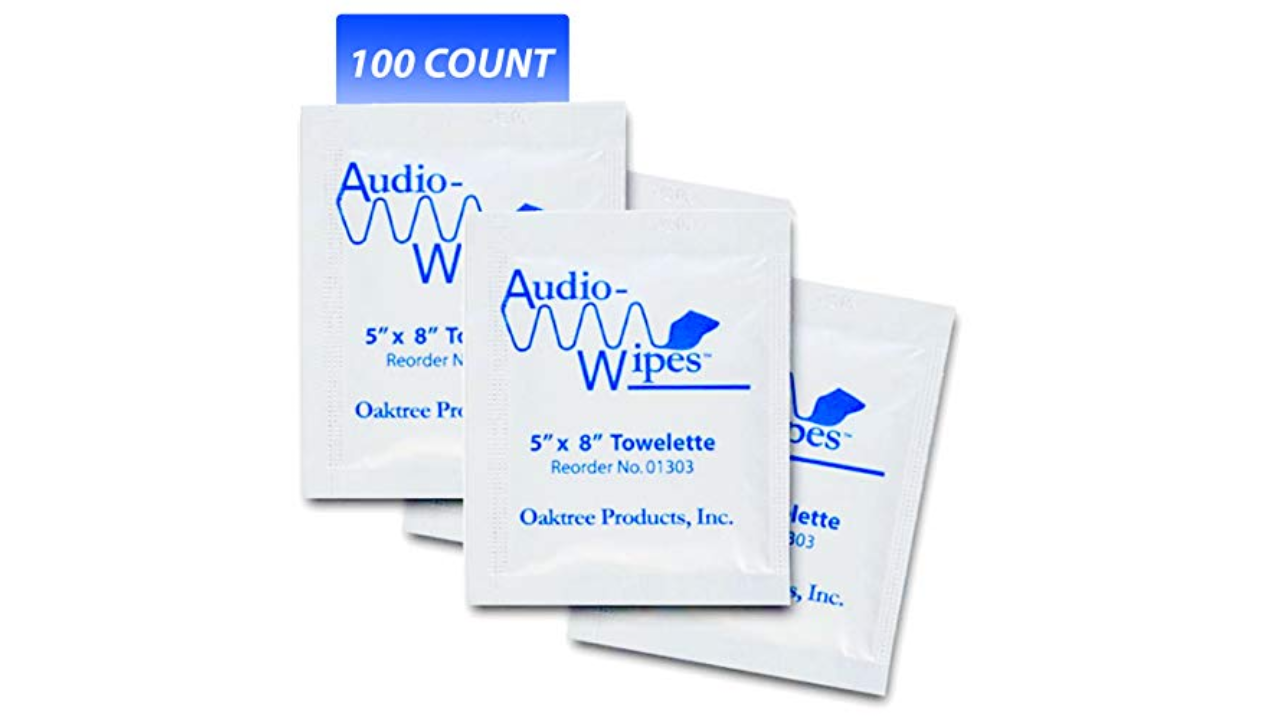Do your hearing aids feel more waxy than wonderful? Welcome to the club! For the estimated 6.4 million Americans who use these devices, the quest for the best hearing aid cleaning kit is a serious one. Proper hearing aid maintenance is crucial for your comfort and hearing health. Research shows that these devices increase ear canal debris, potentially causing irritation and infections. Moreover, wax and moisture buildup can distort sound quality.
To prevent these issues, you should clean your hearing aids regularly. Cleaning kits contain tools designed to reach tricky spots and remove debris effectively, ensuring your hearing aids perform their best and your hearing stays sharp.
We’ve pinpointed the leading options through consultations with top audiologists and through researching the hearing aid cleaning kit market. Keep reading to discover which kits provide the optimal combination of effectiveness, convenience and value.
Table of contents
Best hearing aid cleaning kit overall
Cost: $59 | Compatible with: All types | Drying method: UV | Tools included: Dehumidifying unit | Special features: Innovative 360° UV-C lamp
If you’re looking for the best hearing aid cleaning system, “I would recommend an electric dryer,” says Sarah Lundstrom, audiologist at HearCare Audiology. “Try a dryer/UV combo device like the Audinell PerfectDry Lux.”
Reviewers agree with the recommendation. One Amazon customer said, “Does exactly what it’s supposed to do, and it’s very quiet. Highly recommend!”
Rather than the traditional set of brushes, this compact cleaner uses UV light. “UV light treatment can sanitize aids and kill any lingering bacteria and moisture,” said Meredith Thomason, audiologist at The ENT & Allergy Centers of Texas.
It ensures all the nooks and crannies of your hearing aids are clean and hygienic in record time, completing a full cleaning and drying cycle in 45 minutes. There’s no need to be concerned about overdrying or leaving it unattended, as it has a nifty automatic shutoff feature.
In terms of usability, the PerfectDry Lux is compatible with all types of hearing aids, so whether you use in-the-ear or over-the-ear devices, it provides effective cleaning. While it is slightly more expensive than basic cleaning kits, you won’t need to purchase additional desiccants, so you can be sure it’s economical and effective.
- Uses UV light to eliminate bacteria and moisture
- Completes a full cycle of drying in 45 minutes
- Compact and portable design, perfect for travel
- Automatic temperature regulation
- Slightly higher cost compared to basic cleaning kits
More hearing aid cleaning kits we like
Cost: $40 | Compatible with: All types | Drying method: UV | Tools included: Dehumidifying unit | Special features: Automatic control
The best hearing aid cleaning products, especially those with advanced features, often come at a higher price point. But that’s not the case with the Kapak Electronic Disinfection Dryer. Despite a long list of features such as UV-C light, automatic shutoff and neat, compact design, this device remains surprisingly affordable.
Many happy users say it combines functionality and value without sacrificing quality or performance. “This is a fantastic product for the money,” said one Amazon customer.
The unit operates on both USB and standard power. If access to a power outlet is difficult, you can charge it from your computer or another USB source, making it great for at-home or travel use.
While the cost is higher than the basic brush and wipe cleaning kits, the benefits of thorough drying and sterilization make it worth the investment.
- Dries, dehumidifies and disinfects in one compact unit
- Effective at removing wax and debris from hearing aids
- Easy to use, even for those with limited dexterity
- No battery option, limiting portability
Cost: $59 | Compatible with: All types | Drying method: UV and air | Tools included: Dehumidifying unit | Special features: Multiple drying cycles
If you live in a humid climate, keeping your hearing aids clean and dry can be a constant battle. However, the Serene Innovations Hearing Aid Dryer Dehumidifier takes it all in stride with UV light and gentle heat technology to eliminate moisture and bacteria.
Many cleaning devices lack drying cycle options, making them less effective in humid climates like the steamy South. However, this hearing aid cleaner has 2-, 4- and 8-hour drying cycles that heat to 113 F, ensuring efficient moisture evaporation. One Amazon reviewer commented, “The three humidity settings are a real plus.” This advanced feature helps maintain your hearing device in any environment and extends its lifespan.
Additional features include a built-in battery tester to alert you when batteries are low and a UV light for effective disinfection. However, there are some reports that these features don’t always work like they should.
- Options for 2-, 4- and 8-hour drying cycles
- Compact, durable and easy to clean
- Enough room for up to 4 hearing aids
- No additional cleaning tools are included
Cost: $15 | Compatible with: All types | Drying method: N/A | Tools included: Selection of brushes and tools | Special features: Storage case
Even if you have a fancy UV sanitizer, it’s still important to check your hearing aids for debris and clean out any built up wax. That’s why it’s important to keep a cleaning tools kit at-the-ready.
This kit from Aierting has everything you need: a soft cloth and nine cleaning brushes and tools, including a screwdriver, vent cleaner and wax loop. Additionally, it features a magnet to help you with the tricky task of removing hearing aid batteries. All the tools can be neatly stored in the zippered carry case, keeping them safe whether you’re at home or you’re on-the-go. There’s also a storage box for your hearing aids, ensuring everything stays organized and protected in one place.
Chloe Haygood, an audiologist at Austin ENT & Allergy, emphasizes that an effective hearing aid cleaning kit should include tools for removing wax and cleaning microphone ports and a way to sanitize and dry the hearing aids. While this kit offers a comprehensive set of cleaning and wax removal tools, it lacks the necessary components for drying and sanitizing. However, its compact and portable design makes it ideal for carrying throwing in a bathroom drawer or storing in your luggage while you travel.
- Compact and portable design, great for travel
- Versatile kit that’s compatible with various devices
- Includes multiple cleaning tools for thorough maintenance
- Affordable price point
- Lacks advanced drying and disinfecting features
- Tools may feel flimsy to some users
Cost: $20 | Compatible with: All types | Drying method: N/A | Tools included: Wipes | Special features: Alcohol-free
Hearing aids are valuable investments, so you don’t want to use cleaning solutions that could damage them. The best hearing aid wipes are alcohol-free and safe for use on rubber, plastic, silicone or acrylic and the Oaktree Products Audio-Wipes Singles fit this description.
These individually wrapped wipes are convenient and portable. “This is a good product especially for traveling when the neat, easy-to-pack packets are very convenient. Seem to work great cleaning hearing aids,” said one Amazon user. Plus, the antibacterial formula ensures your devices stay clean and hygienic with a quick swipe, which is a lifesaver when you’re busy.
Highly rated by hundreds of users, these large wipes effectively remove wax and debris. That said, they can’t perform a deep clean or get into the crevices of your hearing aids. For those hard-to-reach spots, you’ll need additional tools like brushes or picks to ensure a thorough cleaning. So, if you pair them with the 12-tools kit from Aierting listed above, you have the perfect cleaning and sanitizing solution for when you’re on-the-go.
- Individually wrapped wipes for convenience and portability
- Antibacterial formula helps maintain hygiene
- Suitable for most devices, including hearing aids, earbuds and headphones
- Not suitable for deep cleaning or wax removal
Types of hearing aid cleaning kits
There are various types of hearing aid cleaning kits available, each designed to address specific maintenance needs:
Basic cleaning kits
As the name implies, these kits contain daily hearing aid maintenance essentials.
They typically include brushes to remove debris from the surface and around the microphone ports, picks to clear wax buildup in the sound outlet and a cleaning cloth to clean dirt and oil from the exterior of your hearing aids.
These kits are straightforward to use, making them ideal for regular upkeep.
Drying kits
Moisture significantly affects the performance and longevity of hearing aids, which is where drying kits come in.
These kits feature either a desiccant container or an electronic dryer. Desiccant containers use drying agents to absorb moisture from your hearing aids overnight, while electronic dryers use warm air or a gentle heating element to evaporate moisture. Both options help prevent damage caused by humidity and sweat.
All-in-one kits
All-in-one kits combine cleaning tools, drying units and battery storage in a convenient package.
Kits typically include brushes, wax picks, cleaning cloths and a drying unit. Some also come with battery testers and storage compartments to organize hearing aids and batteries.
UV sanitizing kits
UV sanitizing kits provide next-level cleaning by using ultraviolet (UV) light to kill bacteria and other pathogens, keeping hearing aids hygienic and reducing the risk of infections.
“UV dry boxes are a very helpful addition to the hearing aid cleaning process,” says Thomason. “These boxes typically run a 30-60-minute cycle of UV light treatment, which sanitizes and dries the hearing aids.
Factors to consider when purchasing hearing aid cleaning kits
Choosing the correct hearing aid cleaning kit can significantly impact the performance and longevity of your devices. Here’s what to consider before you click the “buy now” button:
Type of hearing aids
Different types of hearing aids may require specific cleaning tools. Behind-the-ear models have fine tubing that needs to be cleaned, whereas in-the-ear devices usually have more intricate nooks and crannies that require precise tools. Ensure the cleaning kit you choose is compatible with your type of hearing aid.
Furthermore, some kits, especially those from hearing aid manufacturers, come with replacement parts. However, “Not all domes and filters are equal,” says Lundstrom. “Make sure you’re getting the correct size and style for your devices,” she emphasizes.
Lifestyle
Your lifestyle plays a significant role in determining the best hearing aid cleaning kit for you.
You might need a more robust cleaner if you’re active and frequently exercise or spend time outdoors. Kits with drying capabilities can help combat sweat and moisture, ensuring your hearing aids remain in optimal condition, no matter how energetic you are.
Budget
Hearing aid cleaning kits are available at a range of prices, from basic kits under $10 to more elaborate ones with advanced features costing several hundred dollars.
Determine your budget before shopping and look for a kit that offers the best value within your price range.
Specific needs
Consider your specific needs. Do you live in a humid climate or suffer from frequent ear infections? Maybe your ears are particularly waxy. No matter your situation, there’s a cleaning kit tailored to your requirements.
It’s also worth thinking about your manual dexterity and how easy it will be to use a cleaning kit. “It can be difficult,” said Ruth Reisman, an audiologist and co-owner of Urban Hearing in Brooklyn, N.Y. “Because of the small tools, some mild support is helpful from family.” If that’s challenging, “You can simply wipe the devices down with a tissue or cloth to help keep up on maintenance,” says Lundstrom.
How we chose the best hearing aid cleaning kits
Selecting the best hearing aid cleaning kits required a detailed and comprehensive approach. Here’s how we did it:
-
Expert input: We consulted leading audiologists and hearing aid specialists to understand the key features and technologies that matter most.
-
Comprehensive research: Our research covered numerous hearing aid cleaning kits from many brands. We analyzed technical specifications and compared unique features to identify the most effective kits.
-
Feature evaluation: We evaluated essential features such as the variety of cleaning tools, drying methods and advanced functionalities. We also considered convenience, including portability and compact design.
-
Cost analysis: We looked at the total cost of ownership, including the initial purchase price, any required accessories and ongoing maintenance expenses.
-
Customer feedback: We strongly emphasized real-world performance and user satisfaction. User reviews provided valuable insights into each product’s practical benefits and potential drawbacks.
-
Manufacturer reputation: We ensured each selected brand was well-regarded for its build quality, customer service and reliability. We prioritized brands with a strong track record of customer satisfaction.
FAQs
How often should I clean my hearing aids?
“Daily cleaning is ideal,” says Reisman. A quick, gentle wipe-down at the end of each day can help remove wax or debris, ensuring your hearing aids remain in optimal working condition.
But be careful. “Do everything with caution and no force,” she continues. It’s also crucial to sanitize as needed, for example, if a hearing aid falls on the floor.
Lundstrom agrees, adding, “The more wax you have, the more often you should clean the hearing aids. Wiping them down daily for wax is good. You may also want to change your ear tips and filters, if applicable, every 1-3 months.”
Additionally, a more thorough cleaning should be done periodically. “You should see your provider at least every six months for an in-depth cleaning and service to make sure the hearing aids are working their best and all of the parts are in good working condition,” says Lundstrom.
Can I use rubbing alcohol to clean my hearing aids?
“It’s very important not to use alcohol,” says Reisman. “Overuse of alcohol can cause damage to the ear,” she notes. Additionally, alcohol can harm the delicate components of your hearing aids, including the plastic and electronic parts.
“You do not need to use any liquid to clean the devices; just a tissue or microfiber cloth is fine,” Lundstrom explains. “Try to keep the hearing aids as dry as possible.” However, she adds, “Alcohol prep pads are a good option if you want to disinfect the ear tips.” Just don’t use them on the whole device.
Haywood further cautioned, “Don’t put something on your hearing aids that you wouldn’t put in your ear!”
What’s the best way to remove earwax from hearing aids?
The best way to remove earwax from hearing aids is to use a wax loop or a specialized brush, which is included in most cleaning kits. Use these tools to gently scoop out visible wax from the sound outlet and vents.
For more stubborn wax buildup, consider using a hearing aid vacuum or visiting your audiologist for professional cleaning.
Meet our experts
-
Chloe Haygood, AuD, CCC-A, audiologist at Austin ENT & Allergy
-
Sarah Lundstrom, AuD, FAAA, audiologist at HearCare Audiology
-
Ruth Reisman, AuD, MBA, CCC-A, founder and co-owner at Urban Hearing
-
Meredith Thomason, AuD, audiologist at the ENT & Allergy Centers of Texas
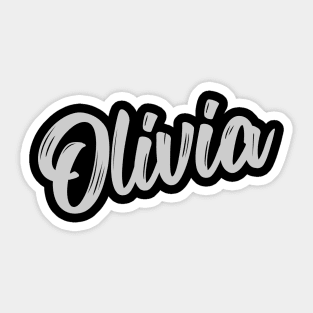
Olivia Martin celebrates the art of living well in her lifestyle articles. She explores topics ranging from travel and fashion to home decor and culinary delights, offering inspiration for readers seeking a balanced and enjoyable lifestyle.

